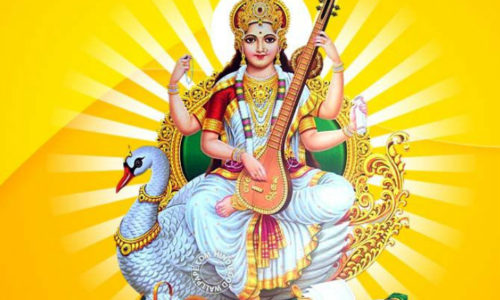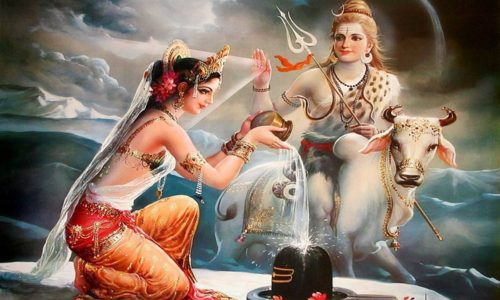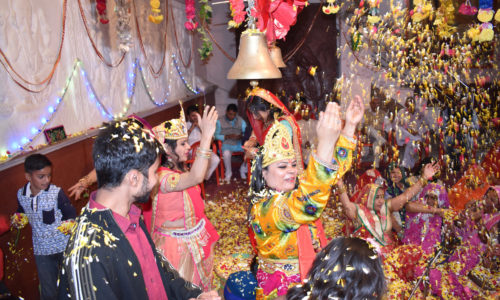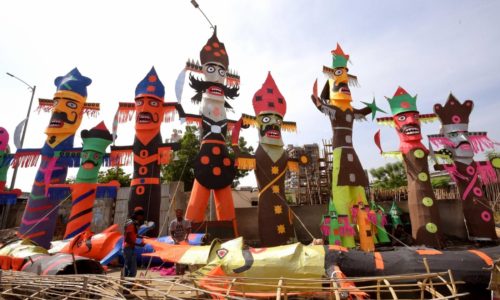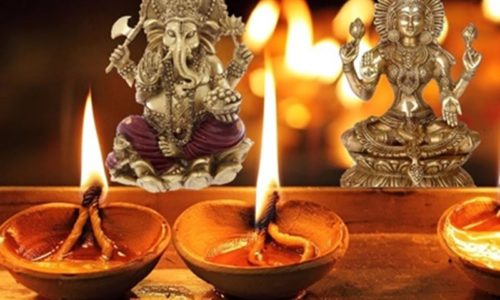MAKAR SANKRANTI
Celebration of Makar Sankranti is a universal phenomenon based on astronomy and crop cycle. The Sun moves over a fixed path in a year. The path is divided into zodiacs (rashis). In Sanskrit, “Sankranti” means entry of the Sun into a zodiac phase. In and out movement of the Sun from one zodiac phase to another is called as Sankranti.
From early January, Sun moves into Capricorn (Makar rashi) that marks the onset of an upward journey towards north which is commonly known as “Uttarayana”. In Sanskrit, “uttara” means northward and “aayana” means movement. Transmigration of Sun into Makara (Sankranti of Makara) is a phase revival of sunlight due to northward movement of Sun. The Makara phase holds great significance in astronomy as it represents revival of sunlight (solar energy and positivity) in human lives.



